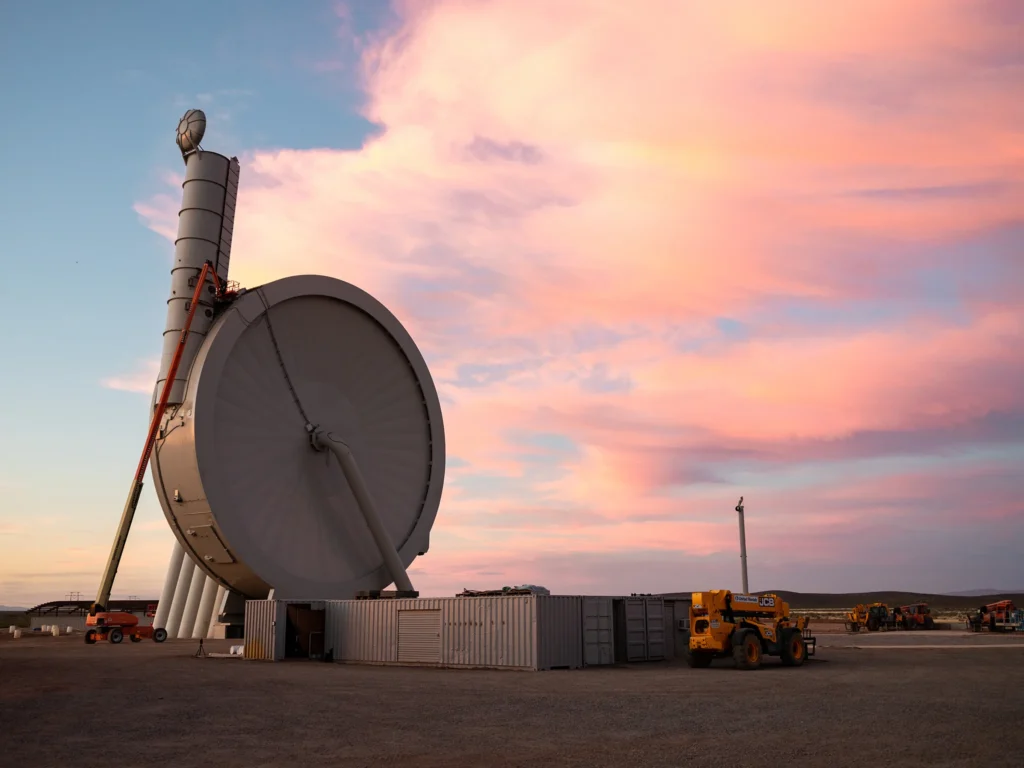The space race is undoubtedly heating up again. Companies like SpaceX and Blue Origin are constantly grinding to make space travel common and affordable. But space travel is still an expensive endeavor, and the bulk of the investment goes into placing the rocket into orbit. Thousands of liters of fuel is necessary to push the rocket to speed that could beat gravity and reach space. Not only does this make the rocket heavy, but it also limits its capacity to carry additional payloads. Now, one company is trying to revolutionize sending rockets into space. With no fuel and hundredth of cost, SpinLaunch is testing a catapult to launch rockets into orbit.
Space Catapult – a mindblowing idea that could change everything in the new space race
Can we Catapult rockets into space? Well, the idea is certainly not new, and many before have entertained the possibility. In the past, too, many kinds of research were carried out to launch satellites using canons and employ gas pressure or magnetic rails. Now SpinLaunch is trying to capitalize the idea and catapult the rocket into space. The attempt was so feasible that it attracted investors from the likes of Alphabet, Google’s parent company. Founded in 2014, the young company already claimed to have successfully completed initial tests with a one-third scale model.
What is SpinLaunch Trying to Achieve?
SpinLaunch basically aims to develop a system that could send a rocket into space without needing tons of fuel. Today’s rockets mostly are filled to the brim with fuel, which leaves little room for the actual payload. The SpinLaunch, based on the acceleration of the projectile, uses significantly less fuel and could place satellites of up to 180 kg into orbit. According to Jonathan Yaney, the founder of SpinLaunch, their catapult system will reduce the fuel requirements to one-fourth while cutting the overall cost by ten.
How will SpinLaunch Catapult Rockets into Space?
The SpinLaunch Catapult is a kind of rotating disk about 50 meters in diameter. A carbon fiber arm rotates the projectile in the circular acceleration chamber till it reaches the initial launch speed. SpinLaunch claimed that they had sent a projectile 3m long with speed reaching several thousands of kilometers.
The company further claimed that the catapult’s centrifuge system was only running at 20% of speed. However, even with the initial catapult, the projectile has to be equipped with an engine to provide the thrust needed to escape gravity. SpinLaunch aims to perfect its system by 2024 and began the commercial program for their paying customers, launching satellites upto 200 kg into space.
So, can we Catapult rockets into space? For SpinLaunch, the answer is Yes. However, the entire process has a single objective: to reduce costs. At present, sending a rocket into space is really expensive, primarily due to very high fuel consumption. However, if the SpinLaunch Catapult system is successful, it will drastically reduce costs. There are still several hurdles down the way, but the fact remains that the disruptive idea has already won investors and has raised around 100 million dollars.



